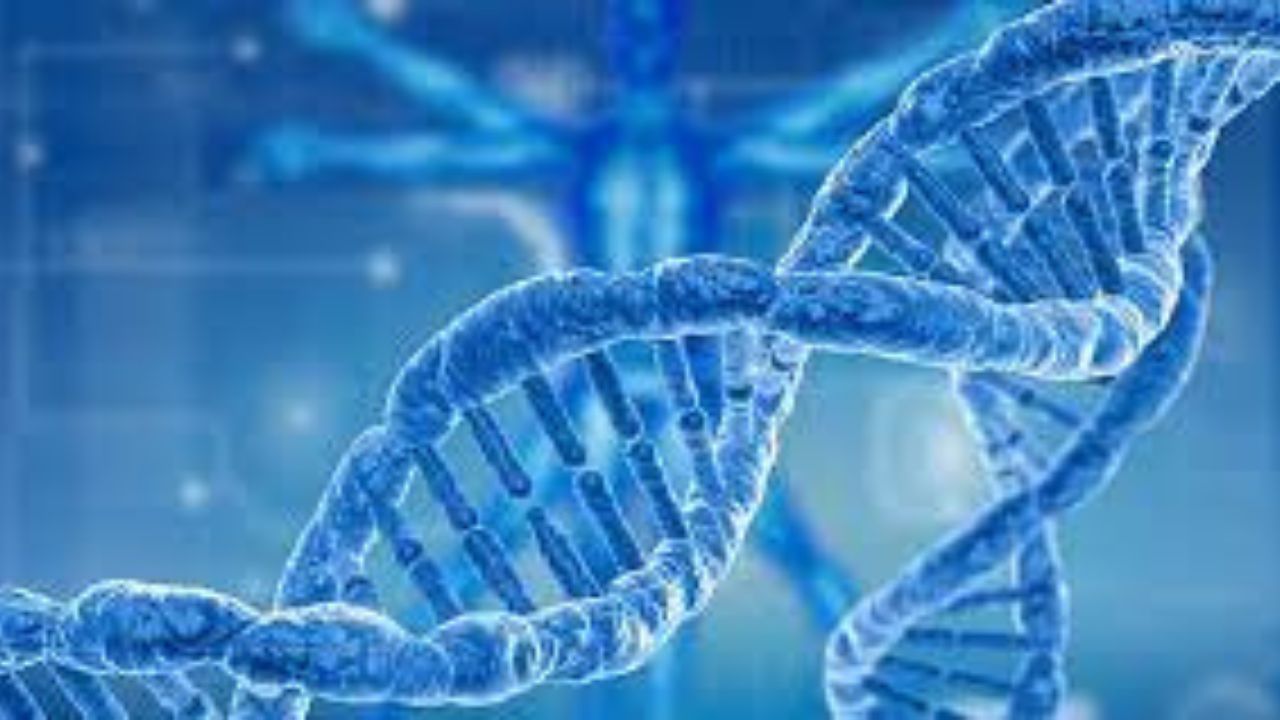Genetics-Diabetes risk

Type 2 diabetes is a complex disease that is influenced by a combination of genetic and environmental factors. While having a family history of type 2 diabetes increases the risk of developing the condition, it is not a guarantee that an individual will develop the disease.
There are several genes that have been associated with an increased risk of type 2 diabetes. These genes are involved in various processes, such as insulin secretion and sensitivity, glucose metabolism, and beta-cell function. Some of the most well-studied genes include TCF7L2, PPARG, and KCNJ11.
In addition to genetics, environmental factors such as diet, physical activity, and obesity can also influence the risk of developing type 2 diabetes. Lifestyle modifications such as regular exercise, maintaining a healthy diet, and achieving a healthy body weight can help reduce the risk of developing type 2 diabetes, even in individuals with a genetic predisposition.
It’s important to note that while genetic testing can provide information about an individual’s risk of developing type 2 diabetes, it is not a substitute for lifestyle modifications and regular medical check-ups. Healthcare providers can use genetic testing results, along with other clinical and environmental factors, to develop personalized prevention and management strategies for individuals at increased risk of type 2 diabetes.
Specific Content Keywords : Genetics of diabetes,Diabetes risk genes,Genetic susceptibility to diabetes,Diabetes genetic variants,Genome-wide association studies (GWAS) and diabetes,Type 1 diabetes genetics,Type 2 diabetes genetics,Monogenic diabetes,Polygenic risk score for diabetes,Genetic markers for diabetes risk,Genetic risk factors for diabetes,Family history of diabetes,HLA genes and diabetes,Insulin gene and diabetes risk,Genomic medicine and diabetes risk assessment.

